- Like everything before
- Expensive insurance
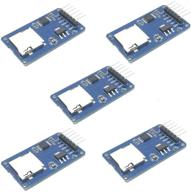
10
·
Very good

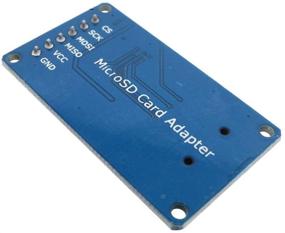
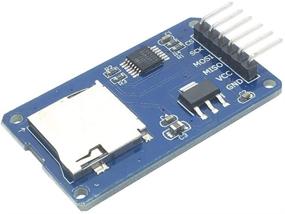
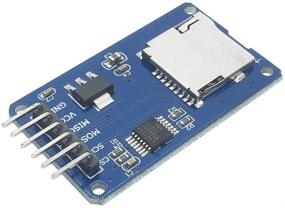
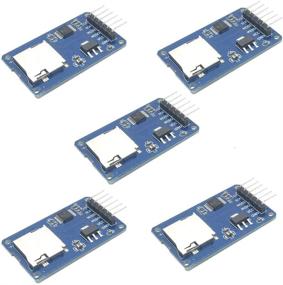
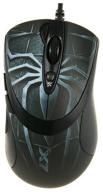
A4Tech XL-747H Gaming Mouse, Blue Spider

190 Review
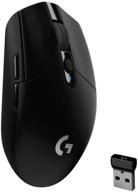
Logitech G305 Lightspeed: The Ultimate Wireless Gaming Mouse

352 Review
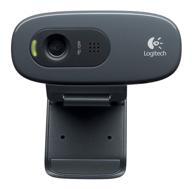
Logitech HD Webcam C270: Crisp 720p Widescreen Video Calling & Recording (960-000694), Lightweight and Portable at 3.15 lb.

192 Review

🎮 Logitech F310 Wired Gamepad Controller with Console-Like Layout and 4-Way Switch D-Pad for PC - Blue

194 Review
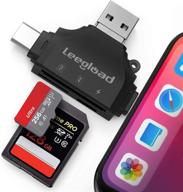
💻 LEEGLOAD 4 in 1 SD Card Reader Adapter for iPhone/iPad/Android/Computer and Digital Camera, Memory Card Adapter with USB C/USB A/Micro USB, Trail cam Card Viewer (Black)

13 Review
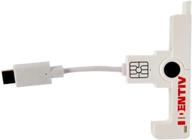
IDENTIV USB Smartfold Type C SCR3500C

11 Review
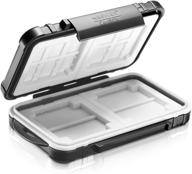
Neewer Black Memory Card Storage Holder - Waterproof, Anti-Shock with 14 Slots for Micro SD, TF, CF, SD and XD Cards

12 Review
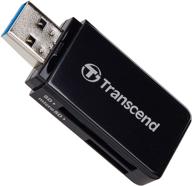
High-Speed Transcend TS-RDF5K USB 3.1 Card Reader for SDHC/SDXC/microSDHC/SDXC Cards - Black

11 Review